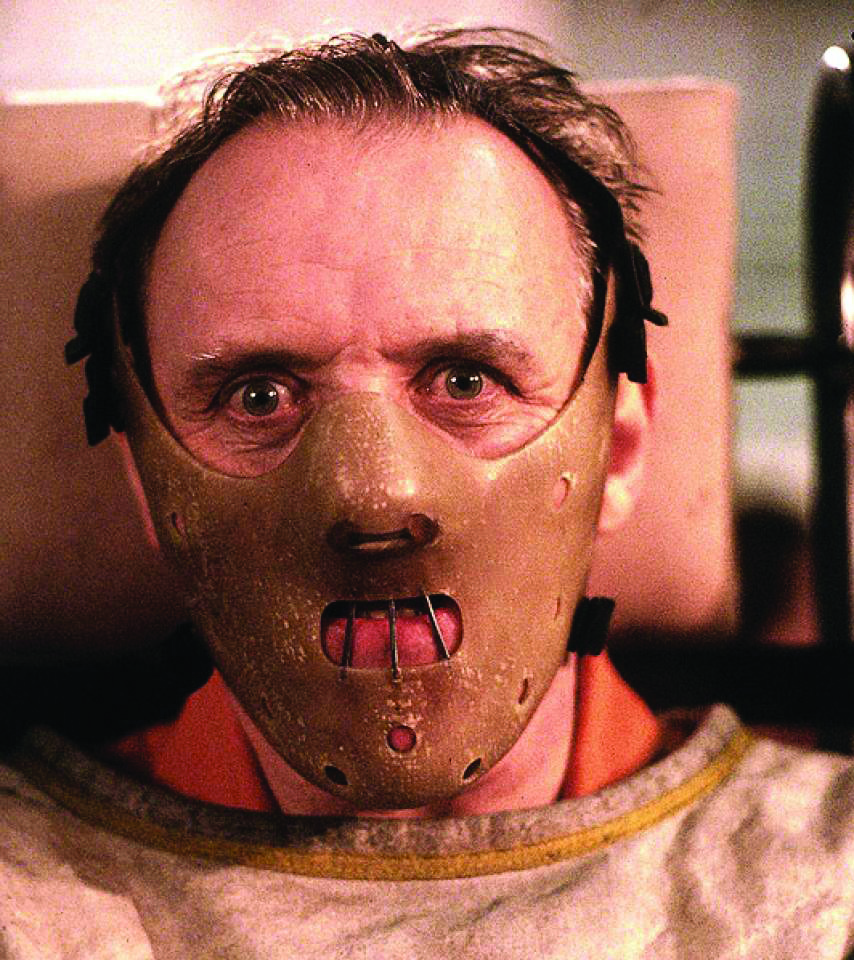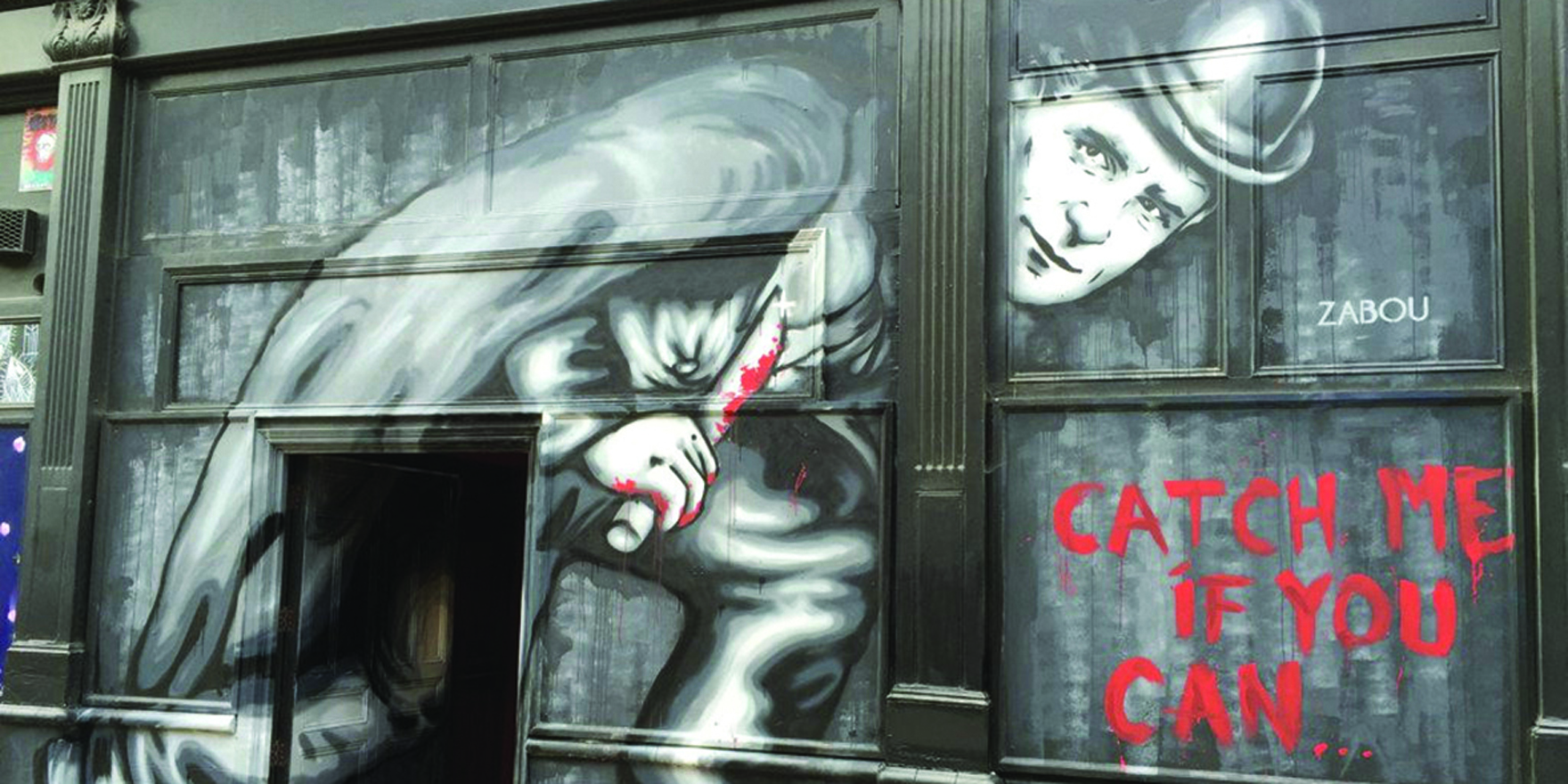Serial killing in a healthcare context is under-recognised, and the incidence of such crimes is rising
The death of Donald Harvey, at aged 64, reportedly killed in his cell while serving 28 life sentences for his crimes, brings to an end a murderous career of extraordinary proportions.
Harvey killed friends and he killed lovers, but mostly he killed patients in hospitals.
Harvey was a leading exponent of a new form of serial murder: killing patients in healthcare facilities.
The phenomenon, which has only recently gained recognition, has received various names, including “quiet killing”, “carer assistant serial killing”, but mostly “healthcare serial killing”.
A claim by the Virginia State Crime Commission that 65% of all deaths of people over the age of 65 were not natural – occurring through active neglect, asphyxiation, starvation, under- or over-medication, suicide, poisoning, exposure, choking or arson – seems too high to accept at face value, but is alarming nevertheless.
A 2003 US survey listed at least 18 people charged with killing a total of about 455 patients over 25 years. Offenders did not only include health care staff, but even hospital visitors.
The majority of offenders were nurses, aides and related staff; many were women nurses. Of 34 female serial murderers in the United States, six were nurses.
Of the health care serial killer offenders, doctors form a smaller but often more lethal group.
The most notorious is Harold Shipman, credited with 246 deaths (some estimate it to be 400) over a career that extended from internship till his arrest in 1998.
Caring for vulnerable patients in an overworked and understaffed environment with easy access to potent drugs allows a murderous carer to cause havoc. In the US in 2000 there were over 33 million hospital admissions and 1.7 million residents of nursing homes; hospital employees numbered over 4 million and nursing home employees another 1.8 million.
Serial killing in a health care context is seriously under-recognised and overlooked. While serial killing constitutes only a small percentage of homicide in most countries (usually 0.5% or less, with Russia, China and South Africa being notable exceptions), the concept of multiple murders by a single individual has a significant hold on the public mind.
The serial killer has become the totemic figure of modern alienation. While this is the subject of television shows, movies and books, a far more ominous event is taking place below the public radar. For every murder committed by a “street” serial killer, five to 10 people are the victims of health care serial killers. This is not just a statistical blip, it is a serious cause of mortality. And the incidence is rising.
The reasons for the under-recognition are multiple. The most important issue is that death in hospital is a regular event. In nursing homes, respite care and disability facilities, death is an expected and invariable outcome. Palliative care wards and dementia care institutions have 100% mortality rates.
In such places, finding that a patient has died overnight causes no more of a stir than going through the motions of notifying the family and having the body taken away by the undertaker.
Getting a doctor to sign a death certificate is tedious routine, the doctors have better things to do and take the staff at their word that it is no more than a predictable end to a life lived. To add to this, cremation often follows, destroying any evidence of unnatural death.
Such patients are the easiest to despatch. It takes no more than a pillow held over their face and they cannot struggle back. Nursing staff dispense medication and a favoured means is to inject lethal amounts of drugs such as insulin, muscle relaxants or potassium. The victim goes into a coma and there is no sign of struggle or harm. Such short-acting drugs are difficult to detect later.
It is no surprise that when apprehended the defence is that the patients died of natural causes; alternately, defendants use a euthanasia argument.

Harvey mostly poisoned his victims with noxious substances such as cyanide, rat poison, petroleum distillate or arsenic mixed into drinks or food. Others were suffocated with their pillows or by disconnecting their ventilators. In one especially sickening attack, he inserted a coat hanger into the urinary catheter, causing an abdominal rupture.
As so often happens, Harvey’s connection with patient deaths did not go unnoticed, but this was assumed to be no more than coincidence. Health workers cope with their work by using black humour and Harvey acquired the moniker of the “kiss of death”. He was by no means reticent about this, joining in the chaffing and saying that he got another one that day. In an environment where death is a regular event and the central motif is caring for the ill, it takes a considerable mental leap to consider whether a colleague is systematically murdering the patients.
In a 2003 interview, Harvey said that he had been able to kill so many people because the hospital doctors were overworked. A resident would often be sent to pronounce a person dead so they could be sent to the funeral home.
In this regard, Harvey has symmetry with another medical killer, aspiring neurosurgeon Dr Michael Swango. He is credited with up to 60 deaths which commenced during his medical training, earning him the sobriquet of “007 – licenced to kill” from his fellow students. Like Harvey, Swango also was also prone to poisoning friends and enemies, although with less success.
Harvey confessed to killing 37 people, mostly hospital patients, over two decades in Ohio and Kentucky, putting him among the more prolific US serial murderers.
His defence, emulating many healthcare serial killers, was that he was performing an act of mercy by effectively euthanasing his victims. This was rejected at his 1987 court case, as it is in most cases.
The prosecutor had a more plausible explanation for his motive: “He killed because he liked to kill.”
Harvey had a dysfunctional upbringing in a poor family that moved around. He later said he was sexually abused by two relatives and left school early. His killing career was soon to follow. Working as a hospital orderly at 18, he killed 12 terminal patients.
His rationale for this was undercut by his anger towards them.
He moved through the health system to various positions – including mortuary worker – and his killing career continued unabated, later turning on his male lover and people around him.
It is illustrative of the difficulty in detecting such killers, that Harvey’s trail of murder was only interrupted by an unexpected finding. The pathologist doing an autopsy noted the intense smell of cyanide in the gastric cavity – serendipitous, indeed, as the work of performing autopsies is not likely to encourage an enhanced sense of smell.
It turned out that Harvey had killed two patients that day. Had he not been detected, there is every indication that he would have continued on his path.
Harvey did not deny his crimes and, like some killers, seemed to enjoy confessing to as many murders as possible. These included 21 patients at Daniel Drake Memorial Hospital and 13 patients at Marymount Hospital.
Added to this was a neighbour, a roommate’s father and an acquaintance.
He continued to up the ante, claiming up to 70 murders, although many did not lead to charges. At no point, did he express any remorse and maintained a fatuous demeanour throughout his trial.
In a statement that said everything about the subjectivity of closeness and nothing about the horror of his crimes, his mother stated: “He’s still a good boy. He’s just terribly sick and he needs a good doctor.”
Harvey was not alone; patients were killed well before he came on the scene and will continue to be killed in future. All these murders are reprehensible, but Harvey would be regarded as an index case of the sadistic psychopath who achieve a sense of mastery, contempt and venting of rage by disposing of those least able to defend themselves. It can be considered to be a projection of the utter self-hatred that lies beneath their overweening arrogance.
In an interview, Harvey gave reporters his tawdry rationalisation for what he did: “I felt what I was doing was right, I was putting people out of their misery. I hope if I’m ever sick and full of tubes or on a respirator, someone will come and end it.”
In what may be at least some justice for his many awful crimes, Harvey’s violent demise in a prison cell has put paid to that particular self-aggrandising fantasy. It can only be hoped that this will draw wider attention to the risks of healthcare serial killing and lead to more steps to prevent this especially rebarbative crime.
Robert M Kaplan writes about medical crime as a distraction from his unsuccessful applications for rabbinical school


